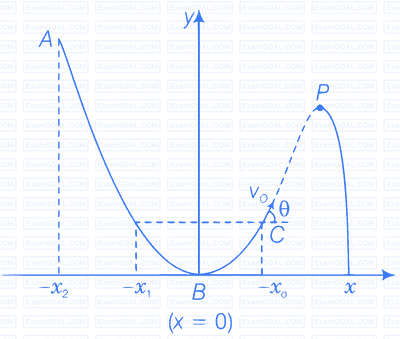In a two dimensional motion, instantaneous speed $v_0$ is a positive constant. Then, which of the following are necessarily true?
The acceleration of the particle is zero
The acceleration of the particle is bounded
The acceleration of the particle is necessarily in the plane of motion
The particle must be undergoing a uniform circular motion
Three vectors A, B and C add up to zero. Find which is false.
(A × B) × C is not zero unless B, C are parallel
(A × B) . C is not zero unless B, C are parallel
If A, B, C define a plane, (A × B) × C is in that plane
(A × B) . C = |A| |B| |C| → C² = A² + B²
It is found that |A + B| = |A|. This necessarily implies.
B = 0
A, B are antiparallel
A, B are perpendicular
A · B ≤ 0
Two particles are projected in air with speed $v_0$ at angles $\theta_1$ and $\theta_2$ (both acute) to the horizontal, respectively. If the height reached by the first particle is greater than that of the second, then tick the right choices.
Angle of projection $q_1 > q_2$
Time of flight $T_1 > T_2$
Horizontal range $R_1 > R_2$
Total energy $U_1 > U_2$
A particle slides down a frictionless parabolic $(y + x^2)$ track $A – B – C$ starting from rest at point A (figure). Point B is at the vertex of parabola and point C is at a height less than that of point A. After C, the particle moves freely in air as a projectile. If the particle reaches highest point at P, then

KE at P = KE at B
height at P = height at A
total energy at P = total energy at A
time of travel from A to B = time of travel from B to P